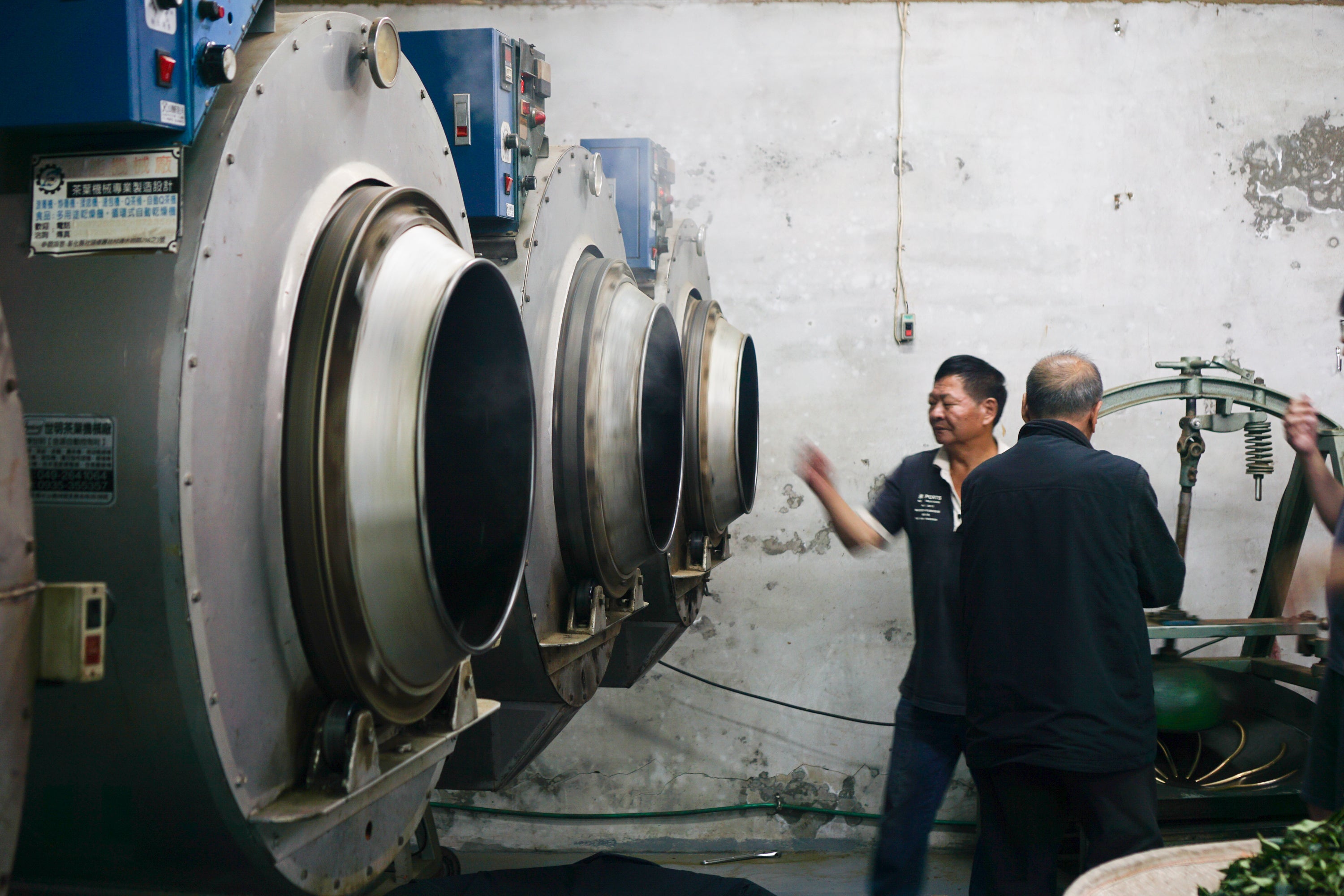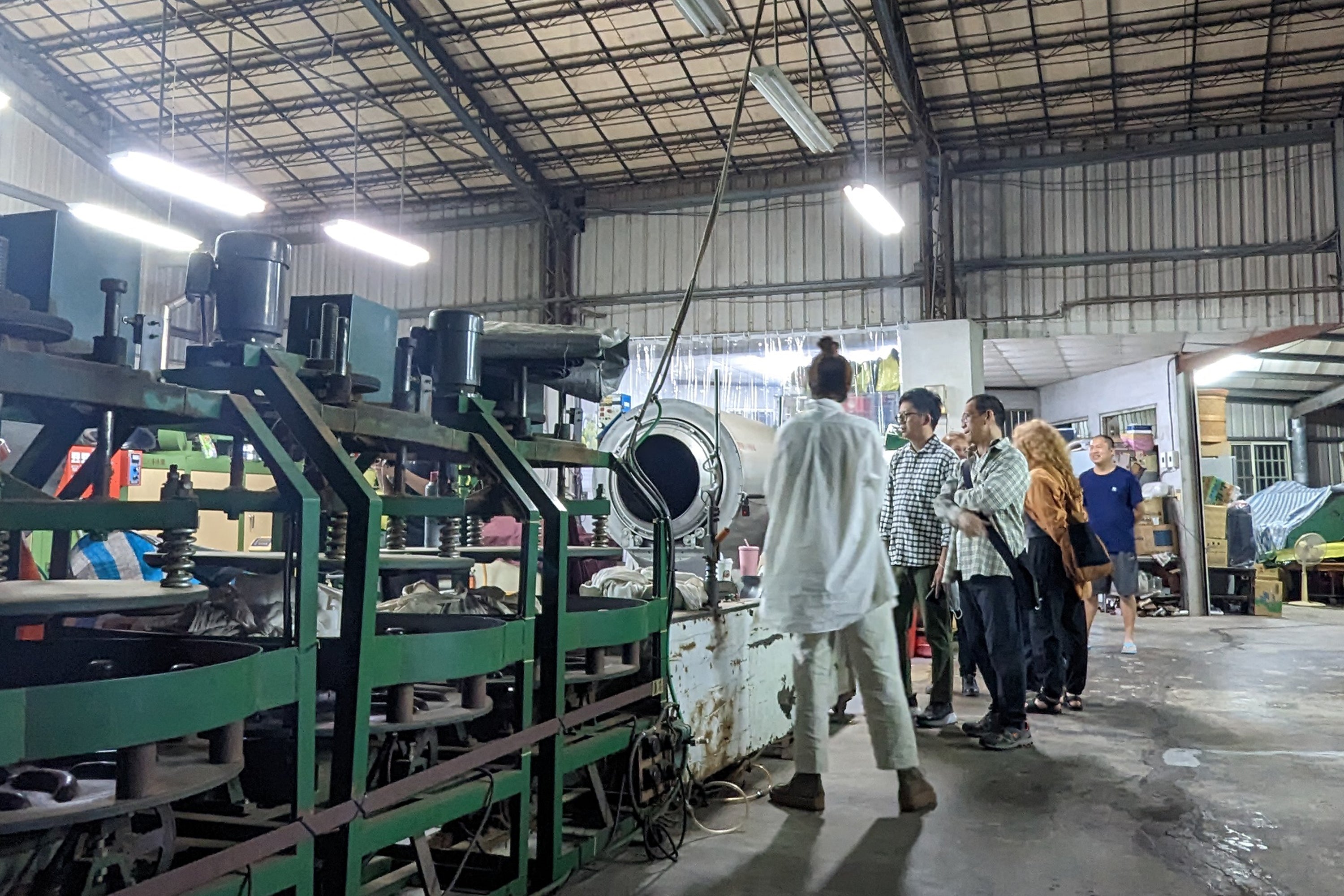About Tea
Truly delicious tea.

Tea as an Agricultural Product
The best way to understand tea is to consider it an agricultural product: it is a tea plant grown under a specific set of environmental conditions that contribute to its character: elevation, soil type, and climate. That plant is cared for by a tea farmer, who creates the ideal growing conditions for the plant to thrive. Once picked, the craftsmanship of tea becomes the responsibility of the tea maker, who, through a series of steps, transforms the raw, green leaf into a finished tea. Each tea is therefore imprinted with a unique identity that tells the tale of origin, cultivation, and craftsmanship.
In the following sections, we’d like to take you on a journey of how we source tea. Along the way, we’ll share our perspective on land, plant & harvest, the tea farmer, the tea maker, and how we work with them. 
Land, Plant & Harvest
Though tea is grown across several continents (and enjoyed on all!), Song’s sourcing efforts have been largely inspired by the traditions of Eastern Asia, with a particular emphasis on growing regions in China and Taiwan. Honing our focus allows us to visit the same places again and again, fostering relationships with growers and producers and in turn, finding the best teas we can.
Even with this geographic focus, tea country is vast, and encompasses a range of growing environments: from sea level to three thousand meters high, from coastal to inland regions. These environments determine the foundational character of the tea plant. Grown at low elevations in regions that are hot, and the tea may be astringent and bitter, grown at high elevations that see clouds and mist, and the tea may be creamy and complex.
While tea plants can sprout throughout the year, at nearly every elevation, centuries of husbandry have identified the seasons, conditions, and stages of growth that create the foundation for good tea. Here, the tea grower and farmer plays a central role.

Tea Grower
The tea grower is the steward of the land on which tea plants grow. The grower can take an active role in garden management by ensuring that the fields are properly irrigated and plants fed, or, in the case of arbor gardens, opt for a non-interventional approach, allowing the plants to develop on their own.
Their primary responsibility is to monitor the growth of their gardens, identify where certain cultivars thrive, foster varieties that take well to the garden’s unique environment, and ensure that the leaves harvested for tea are at their peak expression when picked.

Tea Maker
The tea maker’s role is transformative. Freshly picked tea has little aroma or flavor. Through processes of sun withering, oxidation by heat, airflow, or time, precise roasting temperatures and timing, and post-production roasting, these unassuming leaves are unlocked to reveal any number of flavors, characters, and textures.
Tea-making is a craft passed through generations, and an intuition developed through experience. Many tea makers are family businesses, and indeed, each day of production takes dozens of hands to execute with efficiency and finesse.

Song's Role
In understanding the individual factors of tea growing through tea making, we are able to align the best resources to craft our teas: identifying the gardens that are clean, well-maintained, semi-wild, or even wild, and partner with tea growers and tea makers that are experts in land stewardship, and tea craftsmanship.
When plant, land, grower and tea maker align, we can often find the best teas. When that is not possible, we are actively involved in aligning these factors: often buying out a few day’s harvest and sending tea makers to make tea on our behalf. One of our roles at Song is to identify the strengths of each of our partners, pairing the stewards of land, plant, and harvest with experts in roasting, aging, and storing.

Another role is simply asking, "what if?"